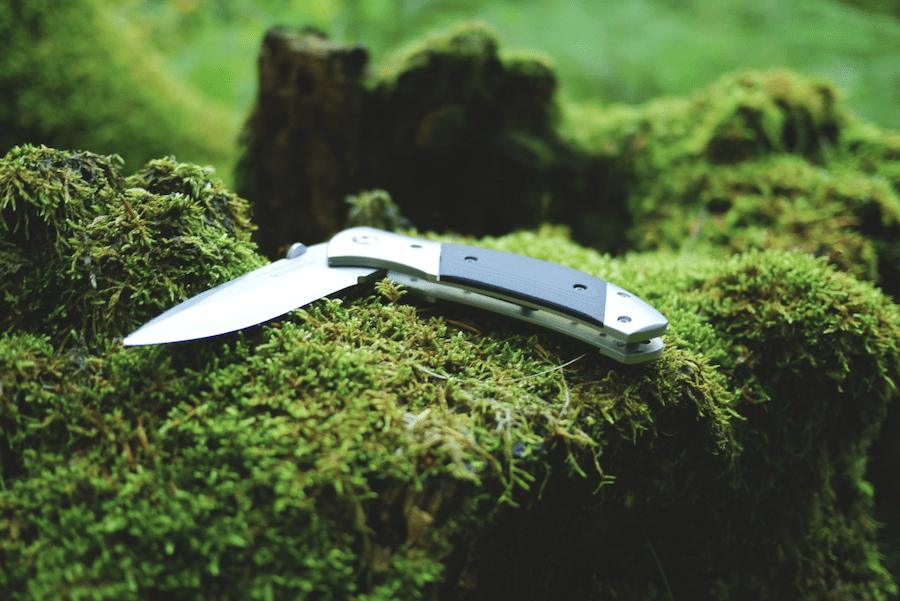Research conducted by Nielsen found that people spent $1.17 billion on kitchen knives in 2018 and this will grow at a CAGR of 8.6% from 2019 to 2025. Public health experts recommended we reduce our spending on kitchen utensils citing budget constraints.
Despite the advice of budgeting experts, the comfort and satisfaction gained from obtaining a new knife are often unmatchable. There is nothing quite as rewarding as slicing open a new box with one’s new gardening knife.
Obviously, there are attributes every amateur and professional gardener ought to consider when picking out their newest tool. Read on for information on buying a garden knife, attributes to consider before purchasing, and how to choose the best tools for gardening.
Price of Buying A Garden Knife
When it comes to price, garden knives can range from a few dollars to over one hundred dollars. It all depends on the quality of the knife and the features you need. Some brands are more expensive than others, but there is no guarantee that a more expensive knife will be of better quality.
A cheaply made garden knife will likely not stand up to the rigors of endless uses and will need to be replaced much sooner than a higher-quality knife. With a little bit of research and comparing knife prices, it is possible to find a garden knife that is both effective and reasonably priced.
Size And Weight
A smaller knife is easier to handle, but may not be able to do the heavy jobs that a larger knife can. A heavier knife can do more work but is more difficult to handle. The best way to choose the right size and weight is to try out a few different knives and see which one feels best in your hand.
It is important to choose a garden knife size that is comfortable to hold and use.
Blade Material And Shape
Blade material is important to consider when purchasing a garden knife. Stainless steel is a good option as it is durable and easy to clean. The shape of the blade is also important to consider.
Garden knives can have straight or serrated blades. Serrated blades are great for cutting through tougher materials, such as roots and stems. Straight blades are great for general gardening tasks, such as deadheading and trimming.
Comfortable Handles And Sheaths
You want a garden knife that feels comfortable in your hand and has a good grip. The last thing you want is a slippery knife that’s hard to hold onto. You want a sheath that’s durable and will protect your knife. Ideally, it should also have a belt loop so you can carry it with you when you’re gardening.
There are a lot of different knife materials on the market, so take your time to find the one that’s right for you.
Choose The Right Garden Knife For You
Buying a garden knife can make gardening tasks much easier. Here is a guide to choosing the right garden knife for you that covers everything from the different types of blades to the different handle materials, so you can make an informed decision on what knife is right for you.
If you’re looking for more ways that will help you with your house in general, then be sure to explore our blog for all of the answers to your questions!

